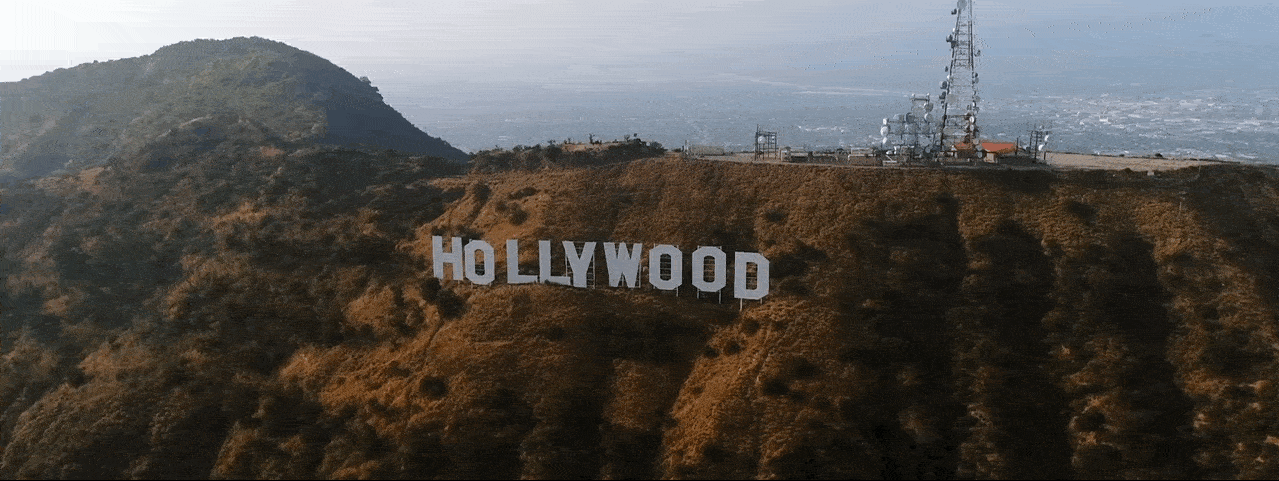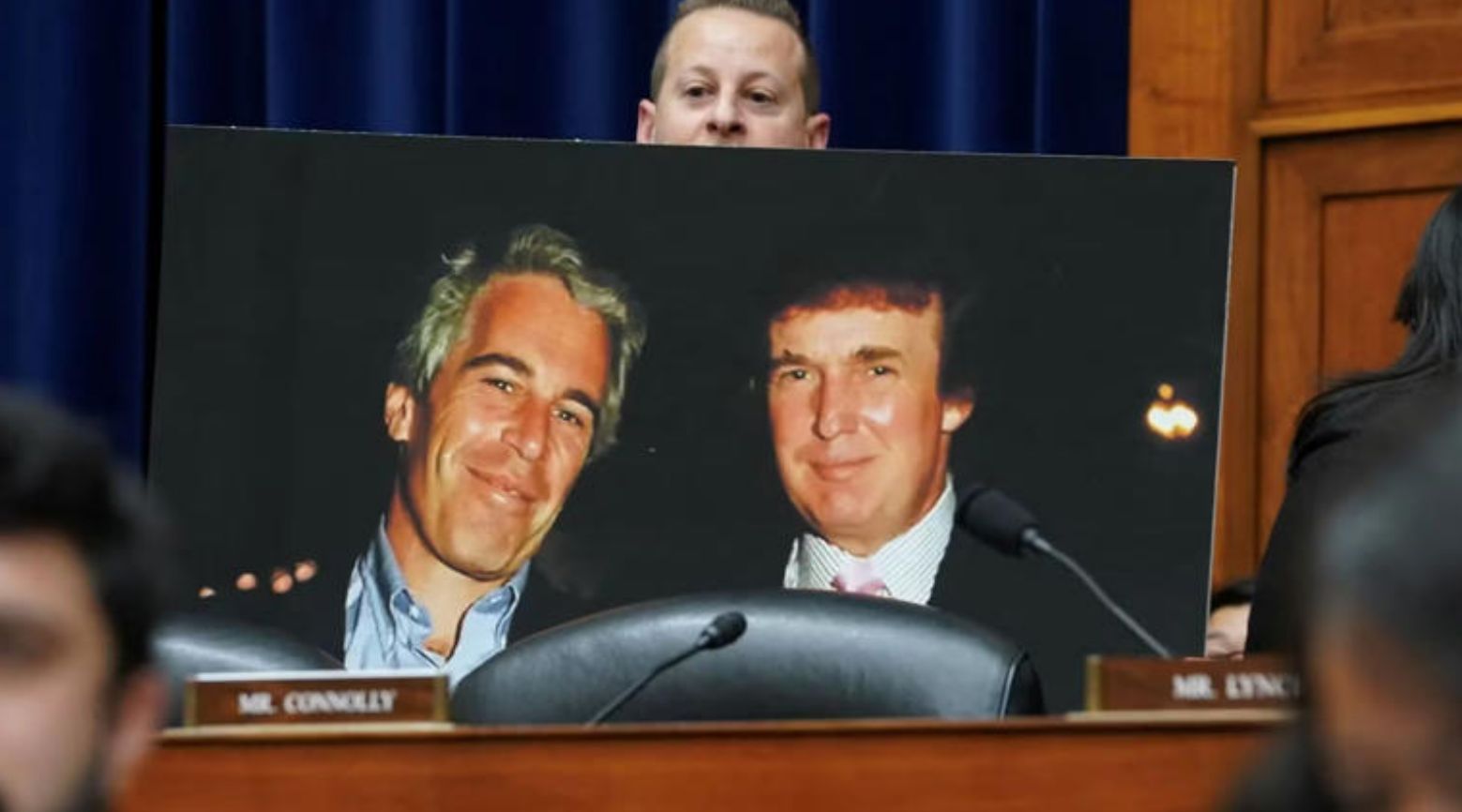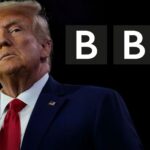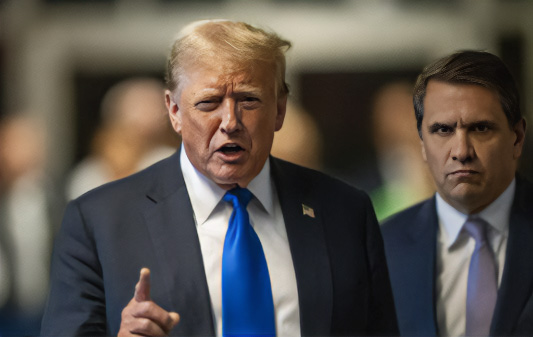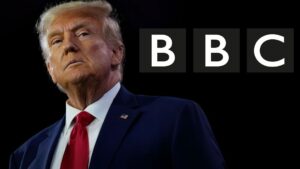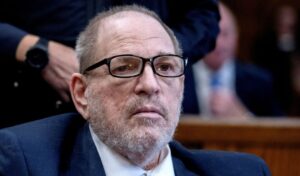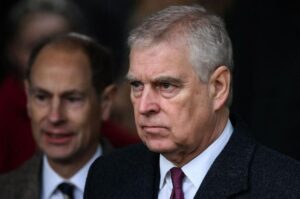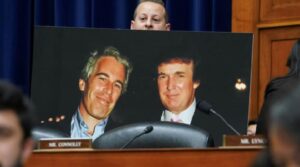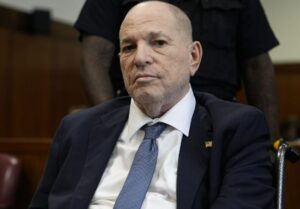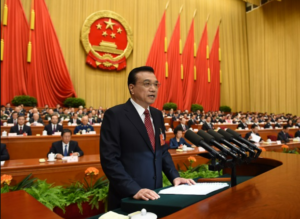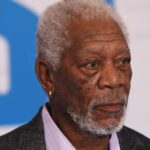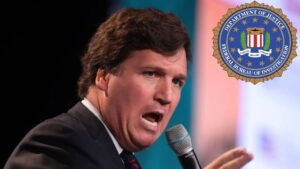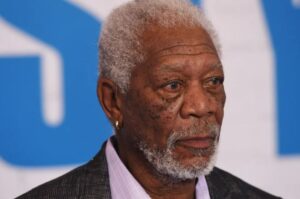FBI Under Siege: Director Patel Pushes Back as Carlson Claims Bureau Lied About Thomas Crooks’ Online Footprint
In a confrontation that blurs the lines between political journalism, digital entertainment, and national security, Tucker Carlson has launched a direct offensive against the Federal Bureau of Investigation. The former Fox News host, now a titan of independent digital media, has alleged that the FBI deliberately concealed critical evidence regarding Thomas Crooks, the 20-year-old gunman who attempted to assassinate Donald Trump in July 2024.
This clash is not merely a dispute over facts; it represents a seismic shift in the American information landscape. Carlson’s claim—that he possesses proof of Crooks’ online activity which the FBI previously stated did not exist—challenges the very credibility of federal law enforcement. It sets the stage for a showdown between the “New Media” empire built by Carlson and the established institutional power of the FBI, currently led by Director Kash Patel.
The FBI told us Thomas Crooks tried to kill Donald Trump last summer but somehow had no online footprint. The FBI lied, and we can prove it because we have his posts. The question is why? Story tomorrow.
— Tucker Carlson (@TuckerCarlson) November 13, 2025
The Accusation: “The FBI Lied”
The catalyst for this new uproar was a fiery post on X (formerly Twitter), where Carlson holds significant sway over millions of followers. “The FBI told us Thomas Crooks tried to kill Donald Trump last summer but somehow had no online footprint,” Carlson wrote. “The FBI lied, and we can prove it because we have his posts. The question is why? Story tomorrow.”
Crooks Case Overview:
Over 480 FBI employees were involved in the Thomas Crooks investigation. Employees conducted over 1,000 interviews, addressed over 2,000 public tips, analyzed data extracted from 13 seized digital devices, reviewed nearly 500,000 digital files, collected,…
— FBI Director Kash Patel (@FBIDirectorKash) November 14, 2025
HOLY SHIT:
Tucker Carlson just DESTORYED any shred of credibility the FBI had left.
Kash Patel and Dan Bongino MUST RESIGN if this is all true.
The FBI is lying to the American people about the assassination attempt on Donald Trump.
This should PISS YOU OFF. pic.twitter.com/dfmIAnTFWv
— Evan Kilgore 🇺🇸 (@EvanAKilgore) November 14, 2025
The implication is staggering. For over a year, the official narrative regarding the near-fatal attack has been that Crooks was a “ghost”—a loner with no significant digital trail that would have alerted authorities to his intentions or ideology. Carlson is effectively arguing that this narrative was a fabrication, a cover-up designed to withhold the truth from the American public.
The reaction was instantaneous. Social media erupted with calls for accountability, with users declaring that the bureau’s credibility had been “destroyed.” This digital fervor highlights the unique power dynamics of 2025: a single post from an independent media figure can now rival the official press releases of the Department of Justice, forcing institutions to scramble in defense.
The Bureau Strikes Back: A New Era of Defense
In a move that signals a departure from the stoic silence of previous administrations, the FBI utilized its “Rapid Response” account to engage directly with the accusations. The Bureau’s statement was combative, framing the conflict as a battle against “fake news” and defending the integrity of its current leadership team, which includes Director Patel and Deputy Director Dan Bongino.
“Under Director Patel… your FBI is in a new era,” the statement read. “Our team continues to face an avalanche of lies, smears and falsehoods… The days of bad-faith attacks and fake-news narratives are over.”
This aggressive posture from the FBI marks a significant evolution in how government agencies handle public relations in the digital age. It is no longer enough to issue dry denials; agencies are now engaging in the same rapid-fire, polarized discourse that dominates social media platforms.
A New Dawn for the Media Landscape
This conflict underscores a massive transition in the media and entertainment landscape—a “new dawn” that Screen Hollywood has been tracking closely. We are witnessing the erosion of the traditional gatekeepers. In the past, a story of this magnitude would be filtered through legacy networks and print journalism. Today, figures like Carlson operate as their own studios, their own networks, and their own investigatory bodies.
If Carlson’s claims are substantiated, it reinforces the reality that the center of gravity for “truth-telling” has shifted away from institutions and toward personality-driven digital platforms. This shift changes the Hollywood and media landscape forever. It suggests a future where “news” is consumed not as a monolithic broadcast, but as a series of adversarial narratives fought out in the digital arena. For the entertainment industry, this means the line between “reporter,” “influencer,” and “political operative” is now completely dissolved.
The Scope of the Investigation
To counter the narrative of incompetence or malice, FBI Director Kash Patel released an exhaustive breakdown of the bureau’s work on the Crooks case. The statistics are intended to overwhelm the accusations with sheer volume: 480 employees involved, over 1,000 interviews conducted, and nearly 500,000 digital files reviewed.
“The FBI’s investigation… identified and examined over 20 online accounts,” Patel stated, asserting that despite this massive dragnet, evidence pointed to Crooks acting alone with limited communication regarding his deadly plans.
However, Carlson’s report also pivots to the physical failures of that day, questioning the security lapses that allowed a gunman to get within range of a former President. He pointed to unexplained gaps in the timeline and questioned the role of Sean Curran, who was in charge of Trump’s security detail that day and has since ascended to Secret Service Director.
The Call for Independent Scrutiny
As the dust settles on the initial exchange, the demand for a Special Prosecutor is growing louder. Critics argue that the FBI cannot investigate itself, especially when its findings are being contradicted by independent investigations.
Whether Carlson’s “proof” holds up to scrutiny remains to be seen. But the damage to the public trust—and the elevation of independent media as a formidable check on government power—is already done. We are entering an age where the official story is merely the first draft, and the final edit is being fought over in the comments sections, video essays, and social media feeds of a restless nation.

